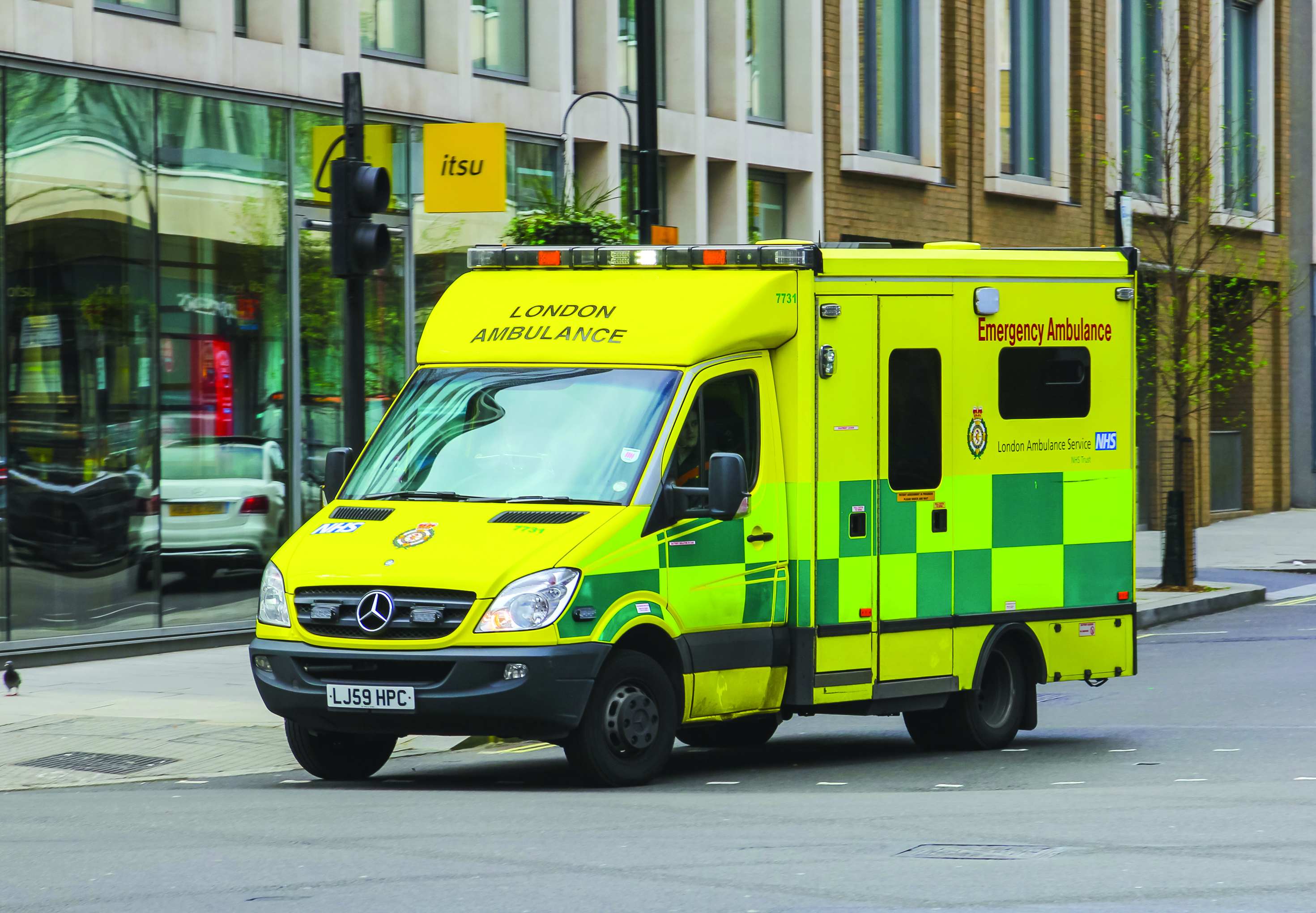
The DHSC of UK launches the upgrade of technology on ambulance board all over the country
The DHSC – Department of Health and Social Care – has the project to equip UK ambulance fleet with new tech devices. The list includes antennas, wiring looms, connectors, external audio microphones, and loudspeakers.
The aim is to provide higher performance of care. On October 2018, the official page od UK Department of Health and Social Care also released a document in which it has been calculated the equipment of such tools.
The provider which has been chosen will also be tasked with supplying routers to connect with mobile networks, including the Emergency Services Network. This is because of the necessity of improving communication between mobile devices of medical operators and dispatch centres. The department is also looking to deploy mobile device management software.
This sort of technology is about to be installed in ambulance vehicles of ambulance trusts across England. For Wales and Scotland, the choice is open and they can adhere to this initiative.
This project will be composed of different phases, that will involve the design of the system of devices, networks, and software. In particular the second one is related to the construction and the testing of tablets and services delivered via the devices. While the last phase will see the services going live, alongside support and maintenance from the chosen supplier.
Below one of the points of the government document that explains some details:
Case study 6: supporting care delivery and the workforce
WCS Care (a care home provider) and Cera (which provides care at home) are 2 providers using technology to support people to live the lives they want.
As the first care home provider in the UK to install acoustic monitoring systems (systems that monitor the sleep of patients and trigger an alert when noises exceed specified levels), WCS care professionals can detect when residents may need additional care and support during the night and respond appropriately. This is helping to address the challenge of many people suffering from poor sleep or disturbances during the night. The introduction of the system has improved the quality of night time care, reduced the number of falls during the night and prevented unnecessary disturbances for residents while they sleep. As well as acoustic monitoring, WCS Care is working with partners to improve care and wellbeing for residents using digital technologies, using handheld devices for electronic care planning and to enable relatives access to their loved one’s care notes, providing transparency and building trust.
Challenges with the provision of home care include a sustainable carer workforce, scheduling visits, and keeping patients and their families involved in the planning and delivery of care at home. To respond to these and improve the quality of care provided, Cera uses technology in various ways, including connecting people in need of care and support to carers that are nearby, automating back-office functions (such as scheduling and payments) and using digital care records to log information. Cera report that their innovations in home care have seen a huge difference in client satisfaction. Cera is also developing an artificial intelligence chatbot to assist carers with recommendations for home care of people with conditions such as dementia. The ambition is that it can help spot symptoms of illness and prevent medical emergencies via pre-emptive alerts.


